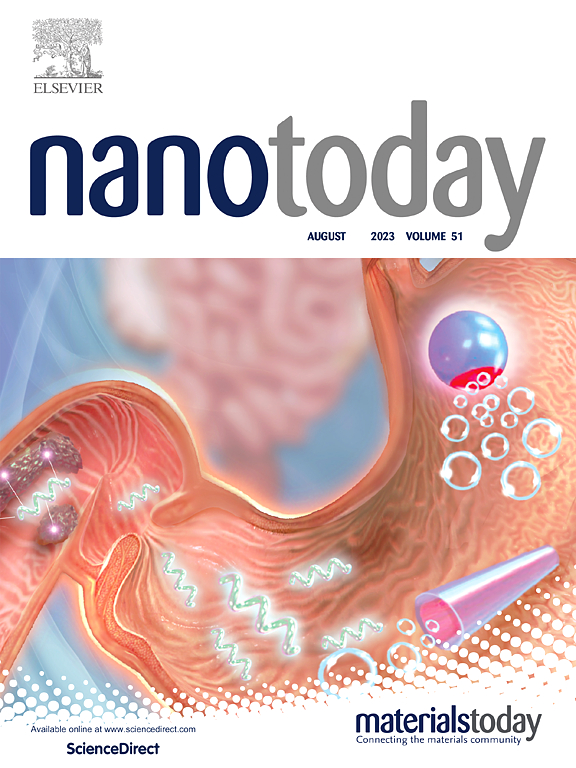Applications of liquid-phase TEM in the fields of electrocatalysis and photocatalysis
IF 13.2
1区 材料科学
Q1 CHEMISTRY, MULTIDISCIPLINARY
引用次数: 0
Abstract
The evolution of active sites at the solid-liquid interface plays a decisive role in determining the performance and stability of electrocatalysis and photocatalysis. As a powerful in situ characterization technique, Liquid-Phase Transmission Electron Microscopy (LP-TEM) offers unique opportunities to analyze the dynamic reaction processes at solid-liquid interfaces with nano- or even atomic-scale resolution. In this review, we first trace the development history of LP-TEM technology, highlighting its advantages for elucidating liquid-phase catalytic reaction systems. Integrating electrochemical and light illumination modules into LP-TEM vividly demonstrates the dynamic evolution processes of electrocatalysis and photocatalysis. Furthermore, we systematically summarize and discuss its applications in the electrocatalytic oxygen evolution reaction (OER), electrocatalytic CO2 reduction reaction (CO2RR), electrocatalytic oxygen reduction reaction (ORR), and photocatalytic hydrogen production, clarifying their current developmental status. Additionally, we address the limitations and challenges of the current LP-TEM technique, such as spatial resolution and electron beam damage, providing insights for future improvements.
求助全文
约1分钟内获得全文
求助全文
来源期刊

Nano Today
工程技术-材料科学:综合
CiteScore
21.50
自引率
3.40%
发文量
305
审稿时长
40 days
期刊介绍:
Nano Today is a journal dedicated to publishing influential and innovative work in the field of nanoscience and technology. It covers a wide range of subject areas including biomaterials, materials chemistry, materials science, chemistry, bioengineering, biochemistry, genetics and molecular biology, engineering, and nanotechnology. The journal considers articles that inform readers about the latest research, breakthroughs, and topical issues in these fields. It provides comprehensive coverage through a mixture of peer-reviewed articles, research news, and information on key developments. Nano Today is abstracted and indexed in Science Citation Index, Ei Compendex, Embase, Scopus, and INSPEC.
 求助内容:
求助内容: 应助结果提醒方式:
应助结果提醒方式:


